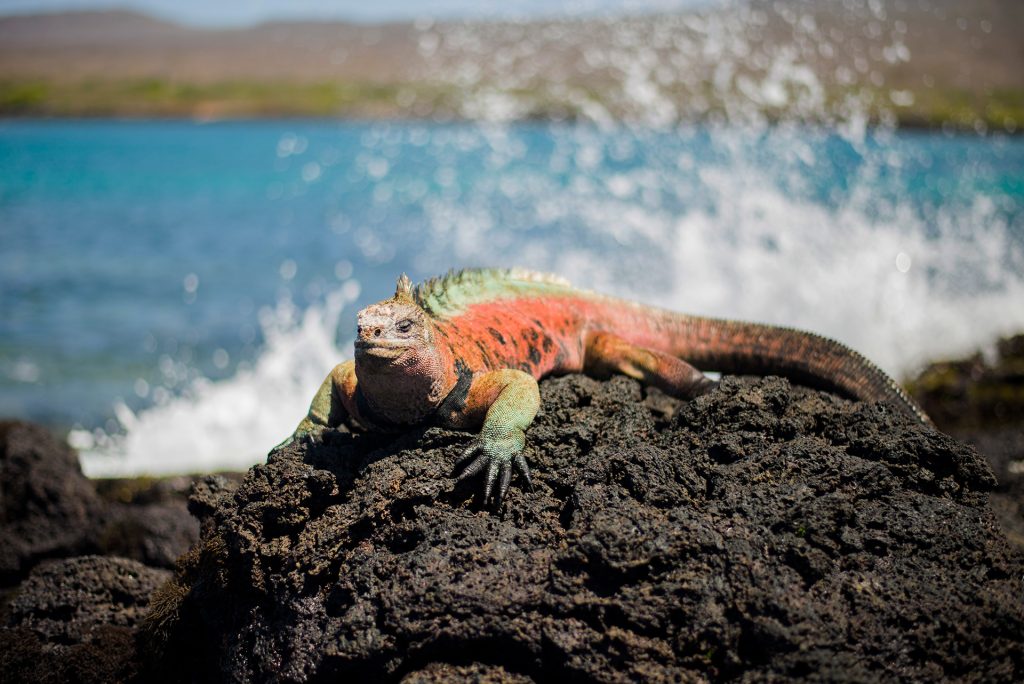The Effects of El Niño on Galápagos Plants, Animals, and People
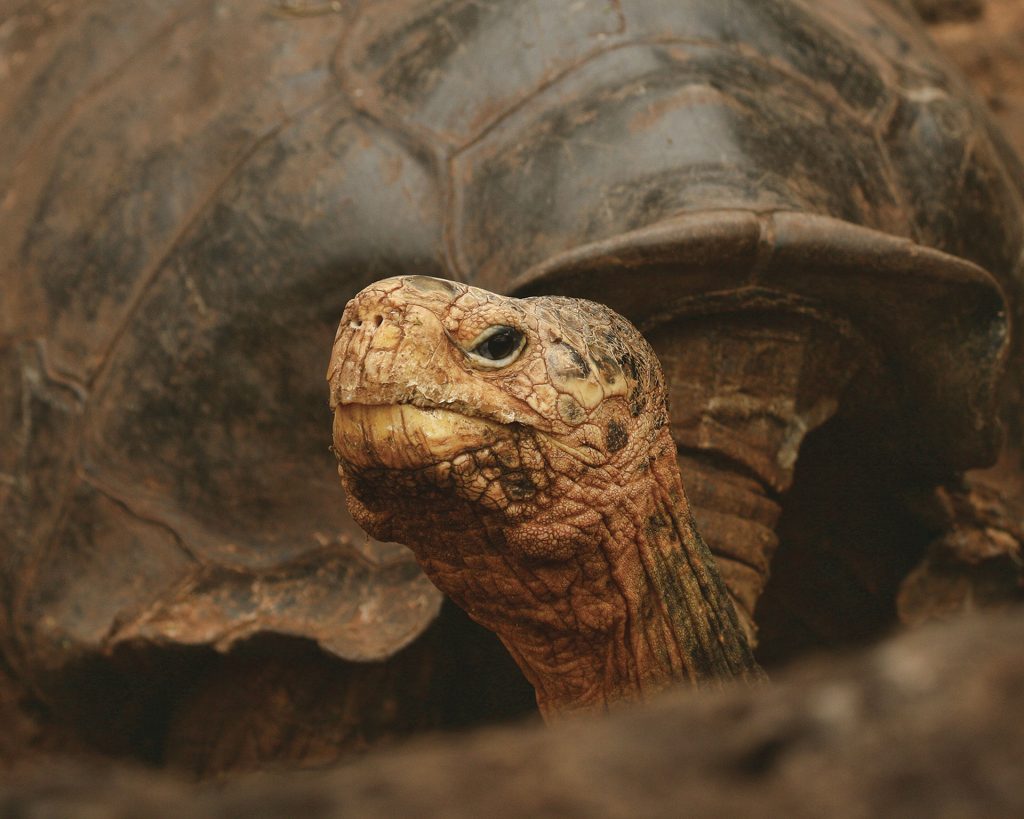
The Galápagos Archipelago, recognized for its distinct biodiversity, is vulnerable to global climate anomalies, notably El Niño. The El Niño-Southern Oscillation (ENSO) disrupts the archipelago’s ecosystems with warmer ocean temperatures and increased rainfall, affecting marine species adversely while benefiting certain terrestrial species, challenging the cacti-dominated landscape, and amplifying risks from invasive plants. “Virtually all aspects of life on these islands will feel the effects of El Niño,” said Galápagos Conservancy General Director, Washington Tapia.
Terrestrial Effects: Life in Balance For terrestrial species, El Niño can be both a boon and a bane:
Galápagos Giant Tortoises: These iconic creatures displayed mixed responses to past El Niño events. While the 1982-83 phase saw them adapt by moving to lower elevations, the 1997-98 event flooded many nests and caused breeding disruptions, yet increased food availability, boosting growth and survival rates.
Landbirds: These terrestrial birds, many unique to Galápagos, tend to significantly increase reproduction due to increased plant growth and associated insect production. However, increased breeding during El Niño can be countered by the rise of diseases like avian pox, especially in wetter conditions.
Reptiles, Rodents, and Invertebrates: While limited data exists, certain reptiles and rodents depend on predictable rainfall patterns. Invertebrates, too, are likely to face challenges, particularly from invasive species thriving in wetter conditions. Generally, though, most species thrive during El Niño due to the reprieve from drought provided by increased rainfall.
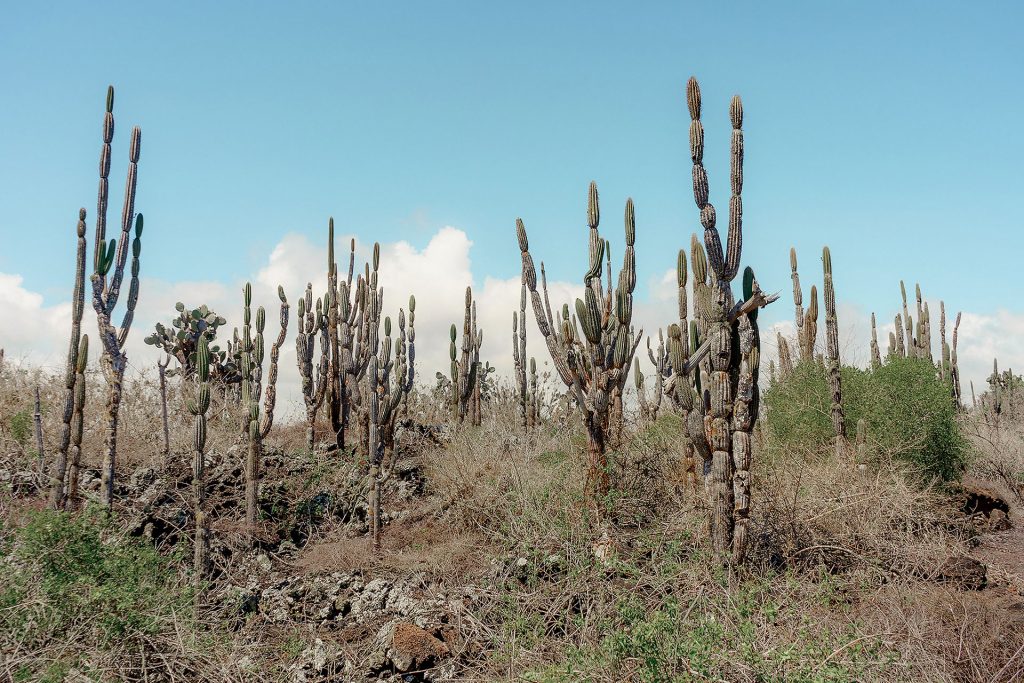
Plant Life: Flora generally proliferates during El Niño thanks to the sudden availability of abundant water in the typically droughty environment, but some species suffer.
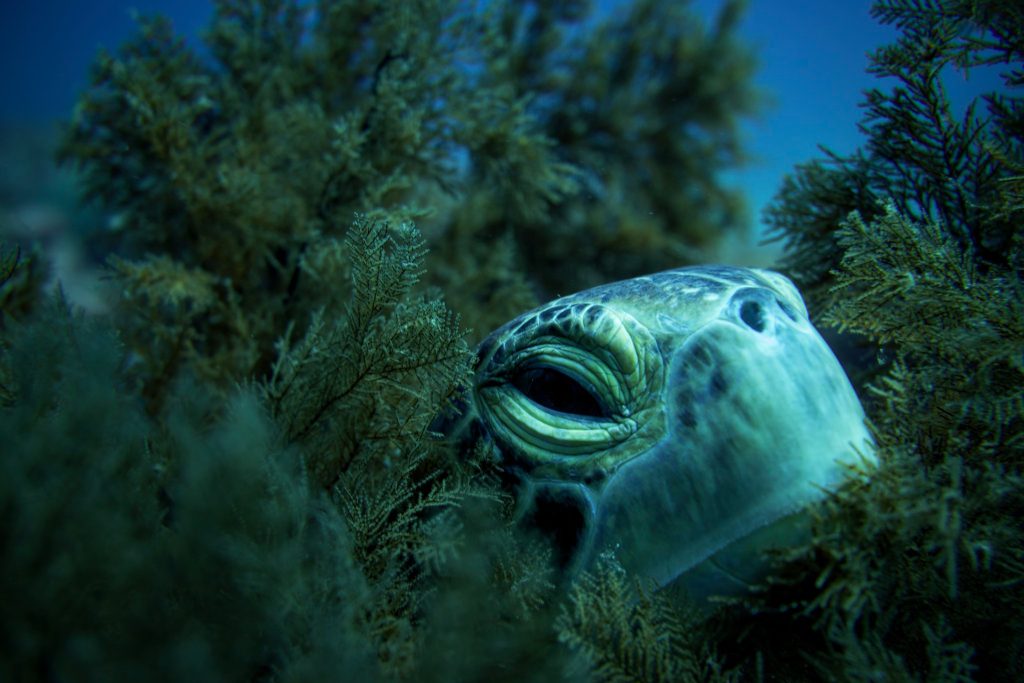
Marine Fauna: Battling the Warmth El Niño's warmth generally spells disaster for many marine species:
Green Sea Turtles and Marine Iguanas: With primary food sources dwindling due to warming sea conditions, these animals experience considerable mortality during El Niño, exemplified by the 90% decline in marine iguanas seen in 1997-98.
Sea Lions: These mammals, particularly pups and alpha males, face drastic reductions in their populations during intense El Niño phases due to the lack of fish to eat in the warmed seas.
Marine Birds: Penguins, Flightless Cormorants, Boobies, and Frigatebirds often skip breeding, experience increased mortality from lack of food, and disperse widely to find food.
Human Community: A difficult time the socioeconomic effects of El Niño can test human resilience:
El Niño presents significant challenges to the economic foundations of the Galápagos Islands, particularly in tourism and fishing.
Tourism, accounting for about 90 percent of the local economy, could be affected by declines in key species due to climate change, affecting visitor numbers and experience.
Fishing remains vital to local society and faces threats from shifts in marine species abundance due to rising temperatures and modifications in upwelling patterns — the process where cold, nutrient-rich waters from the deep ocean rise to the surface. These modifications in upwelling patterns can disrupt the food web and affect fish populations. Ensuring the sustainability of the fishing industry amid climate change is paramount for the protection of emblematic species and the adoption of sustainable practices.
Human well-being is also affected: Invasive species, including mosquitos that vector disease, proliferate and can also affect agricultural production. Infrastructure, including roads, can also be damaged due to flooding.
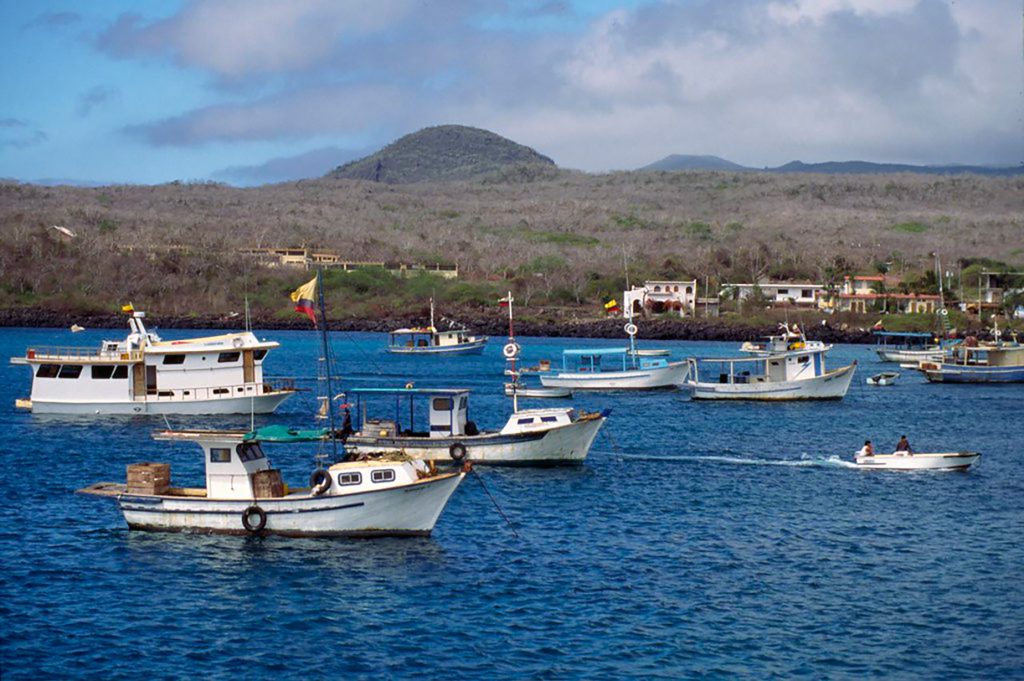
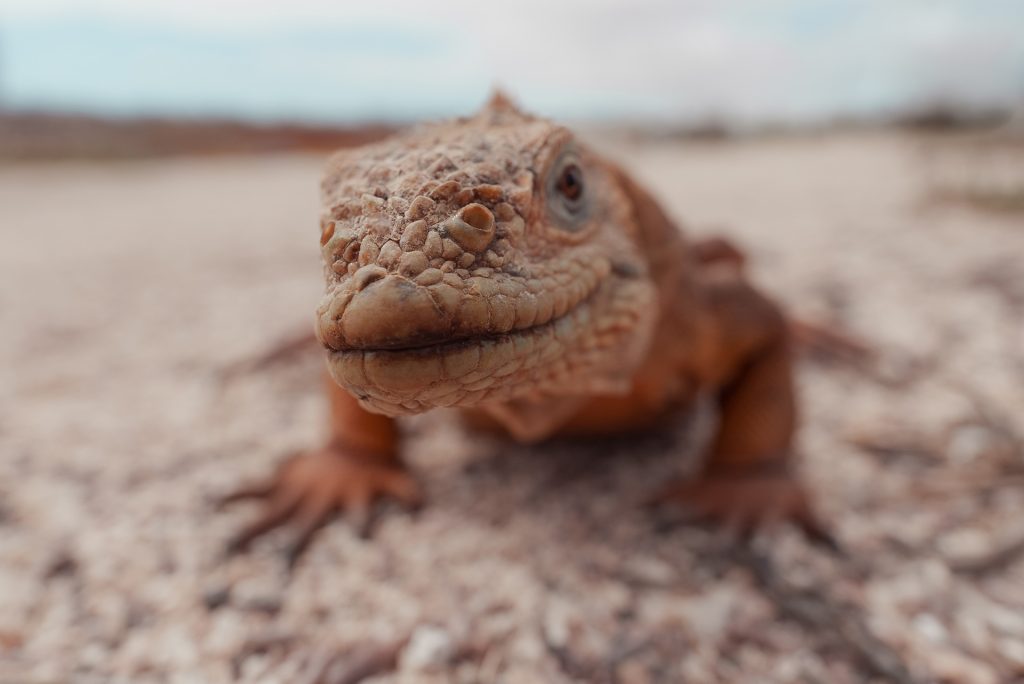
LOOKING AHEAD:
Anticipation and planning are essential to ensure the resilience of unique biodiversity and local communities. According to Tapia, taking decisive actions now is “an invitation to protect our past and build a sustainable and enriching future in this iconic archipelago.”
Ultimately, the challenges posed by El Niño and associated climate change in Galápagos are a global and local call to action. Collaboration, adaptation, behavioral change, and conservation are vital to securing the survival and prosperity of the unique gem that is Galápagos.
